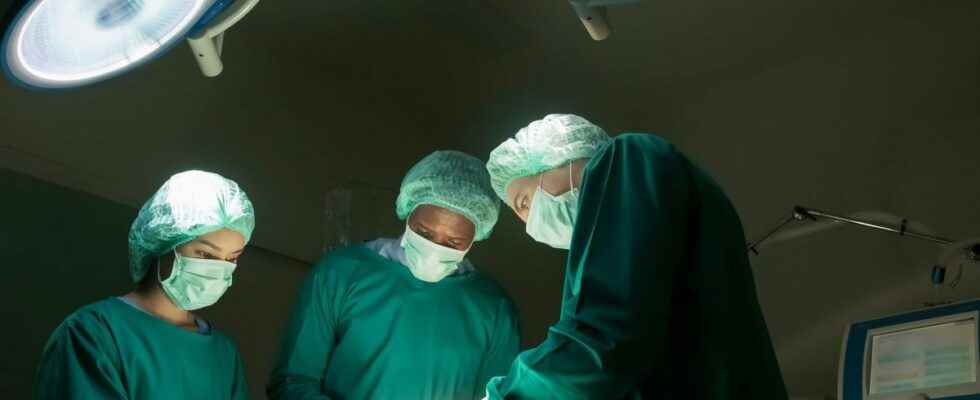Published on
Updated
Reading 3 mins.
Following the first face transplant performed in Belgium, the University Hospital of Ghent focused on an “analysis” of what the donor families could feel in these traumatic and unique experiences. The findings made will make it possible to better support families in the future.
It is now possible to transplant part or all of a face (to help a person with an accident or suffering from a particular disease). These medical prowess made the front page of the media and the transplant recipients were able to testify to the interest of these advances. But what do we know about what is happening on the side of the donor’s family? How to psychologically face the loss of a parent and the fact that his face is grafted on another person at the same time? It is to answer these difficult questions that a team of researchers from the University Hospital of Ghent conducted a survey of donor families. For the record, Belgium is the third European country, after France and Spain, to have successfully performed a face transplant. It was the team from Ghent University Hospital led by Professor Philippe Blondeel who had achieved this feat.
proceeded to a .
Six major themes defined by the family interview
The “interpretative phenomenological analysis” of the experience of family members through a series of interviews with parents and siblings of the deceased identified six key themes that surround the remaining family.
- The contrast between face and organ transplants. While initially surprised by the request for donation, family members came to believe that face transplants were “equal” to other types of organ transplants. However, with the face being treated as an aspect of personal identity, the family felt some pressure in the decision-making process.
- Consent to face donation. Family members “were in agreement” about the decision to give, influenced by their values. They believed that the transplant would not only allow the donor to help others after death, but also allow part of their loved one to continue living.
- Expectations towards the transplant recipient. Family members had mixed feelings about the face transplant recipient. They expressed the wish to see the results of the transplant (which is prohibited by law). At the same time, they also dreaded the prospect of recognizing their loved one’s face on the recipient.
- Feelings toward donor facial restoration. The family felt it was very important to be able to see the body of the deceased. However the need for restoration in the form of a handcrafted silicone mask took away the sense of authenticity.
- The relationship with the medical team. The family members felt well-informed by the medical team but experienced mixed emotions related to a news report about the face transplant that revealed new information about the surgery.
- Media attention. Family “did not feel fully prepared” to the attention of the media about the face transplant procedure. A news leak of the planned procedure was particularly perceived as a “unpleasant appearanceof the donation process.
The goal: to better support families in the ordeal
In its slightly intrusive aspects, this study is the first to focus on the experiences of family members going through the process of facial transplantation. The themes identified help educate physicians and medical support about what is similar and what is different when comparing this procedure to more common organ transplants.
“The results of our study help to better support donor families through the facial donation process and improve facial transplant procedures.” write the authors. Listing the impact and consequences of such a transplant also makes it possible to better approach the procedure in a positive context: “The donation process had a positive influence on personal grief and helplessness experienced by family members, providing a sense of support or comfort” say the authors.
